When it comes to creating efficiency and maintaining safety in the kitchen, every small action has a purpose. One such action that often piques curiosity, even among seasoned kitchen professionals, is why is a wet towel placed under the cutting board when cutting onions. Surprisingly, this technique offers a multitude of benefits. Whether you're prepping for a simple home meal or preparing a large-scale professional dinner, mastering this trick can significantly elevate your cutting game while ensuring safety and precision.
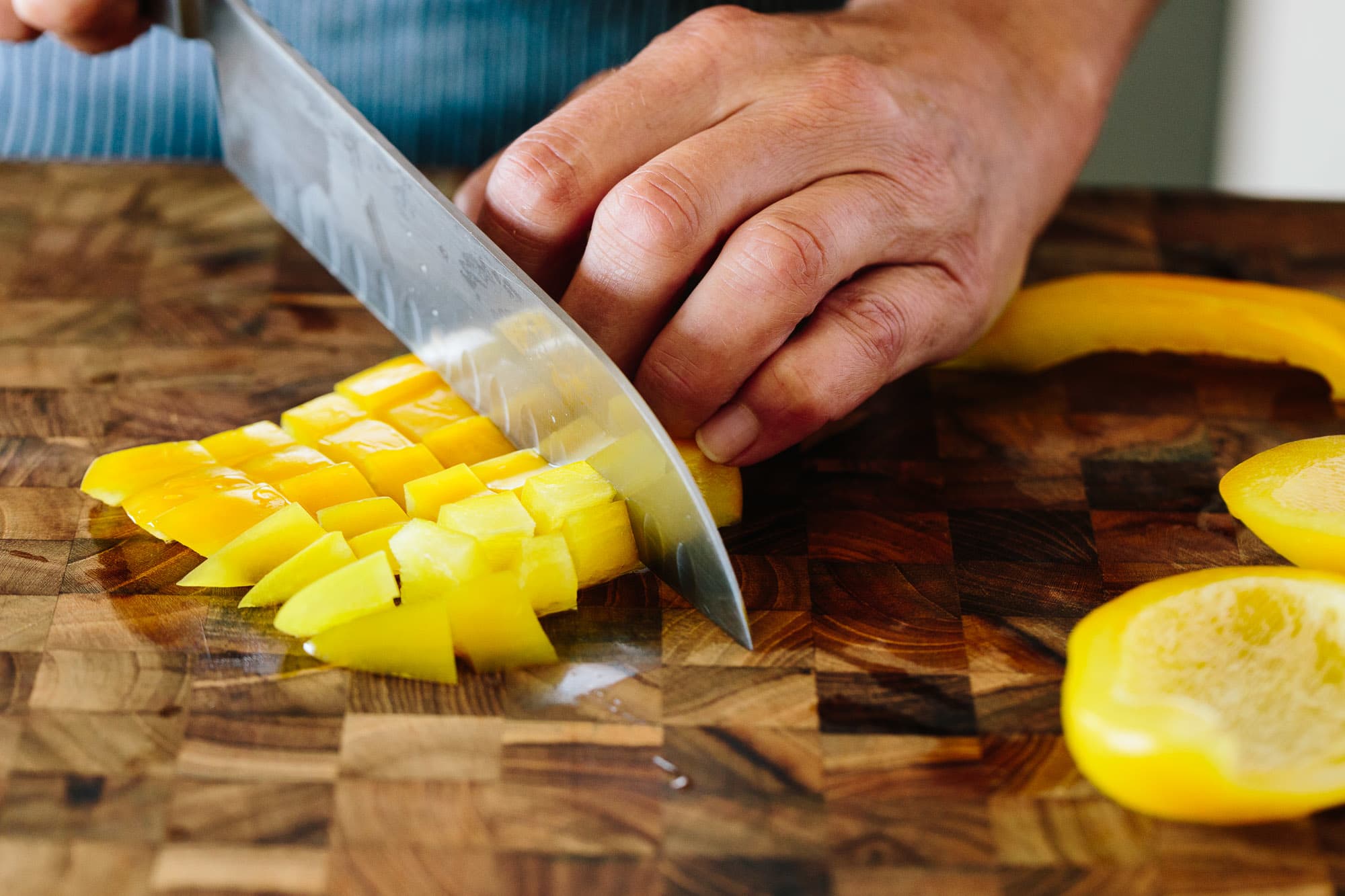
The Science Behind the Wet Towel
The primary purpose of placing a wet towel under your cutting board is to eliminate unnecessary movement. Wooden or plastic cutting boards, particularly on smooth countertops, often slip during usage, increasing the risk of injuries. When cutting onions, the sharpness of your knife and the speed required only underscore the need for stability. A wet towel under the board creates friction, anchoring the cutting board securely to the countertop.
This is not just a matter of convenience but one of safety. Slipping cutting boards can lead to serious accidents, especially in busy kitchen environments where professionals have to work quickly.
How Moisture Creates Stability
The friction created by a moist surface between the towel and board prevents sliding, acting like an adhesive. Additionally, the wet towel helps in absorbing minor vibrations caused during continuous chopping movements. This allows chefs to chop ingredients like onions with heightened precision and reduces the wear and tear on both the knife and board itself.
For those interested in diving deeper into ensuring cutting board stability, read this article to explore detailed techniques professionals use.
Building Professional Habits in the Kitchen
Experienced chefs and kitchen workers know that every detail matters, whether it involves knife sharpening or ensuring a sturdy base for the cutting board. Placing a wet towel beneath a cutting board is a hallmark of professional kitchen practices. By doing so, one ensures consistency in cuts, an essential component for evenly cooking your ingredients and maintaining aesthetic standards in presentation. This habit not only promotes safety but also exudes meticulousness, a quality admired in any professional kitchen environment.
Explore more about proper cutting postures, which are equally important, in this discussion.
Why Does This Matter Especially with Onions?
Cutting onions is an exercise in sharp knife skills and speed. These small, round vegetables require precision to dice evenly. Without a stable cutting surface, not only do you risk injury, but your cuts may lack consistency, affecting the overall texture and quality of your dish. Stability becomes even more critical as the layers of onions tend to slip when handled improperly.
Moreover, onions are notorious for making the eyes water, often leading to distractions during chopping. Having a secure board mitigates these distractions, allowing you to focus solely on the task without interruptions.
Hygiene Considerations for Wet Towels and Cutting Boards
While the wet towel trick is highly effective, ensuring hygiene is critical, especially in professional environments. Wet towels can harbor bacteria if not cleaned or replaced regularly. After each use, toss the towel into the wash and disinfect both the towel and board to avoid cross-contamination. You can learn more about preventing cross-contamination with cutting boards here.
Choosing the right type of towel is equally essential. Opt for lint-free microfibre or kitchen-grade towels to ensure no residue is left on the cutting surface.
Additional Safety Tips for Cutting Boards
- **Choose the right cutting board type**: Use sturdy wooden or rubber boards for enhanced grip.
- **Maintain knife sharpness**: Regularly sharpening knives ensures effortless cutting, reducing the force applied during chopping and minimizing slips.
- **Inspect your setup regularly**: Before beginning your prep work, ensure the towel and cutting board are secure. Incorporating habits like these into your routine will enhance both efficiency and safety.
For insights into selecting the best boards for specific tasks, check out choosing cutting boards.
Conclusion
Why is a wet towel placed under the cutting board when cutting onions? It's a simple yet ingenious solution to a multifaceted problem. By incorporating this technique, you're not only enhancing safety but also embracing a professional ethos that values every detail. Whether you're dicing onions or preparing a multi-course meal, the stability offered by this method can make a noticeable difference in your workflow.
Ready to elevate your kitchen habits further? Don't forget to check out tips on cleaning walnut cutting boards to maintain impeccable hygiene and extend their usability.
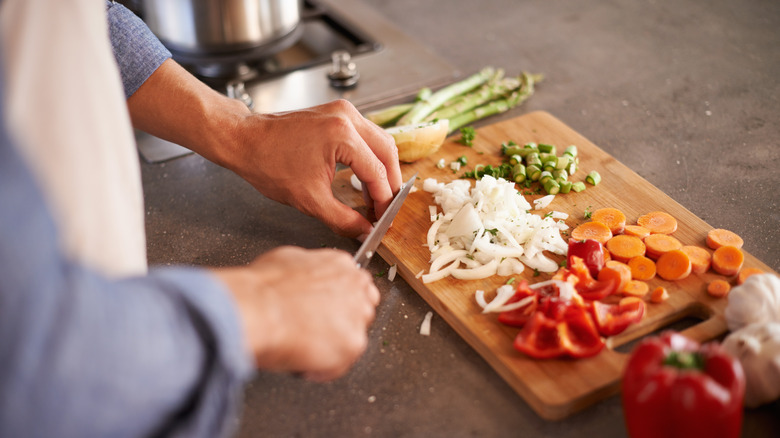
FAQs
1. Why doesnt a dry towel work similarly?
A dry towel lacks the friction and adhesive grip that moisture creates. Without this, the cutting board may still slide or move during use.
2. How often should you replace the wet towel?
Ideally, use a fresh wet towel for each cooking session or dish prep. This minimizes bacterial buildup and ensures optimal hygiene.
3. Is this technique necessary for all cutting tasks?
While its not mandatory, its advisable for tasks requiring precision or involving slippery ingredients, such as onions, tomatoes, or fish.
For further insights on cutting board care and hygiene, refer to this article.
This article contains affiliate links. We may earn a commission at no extra cost to you.

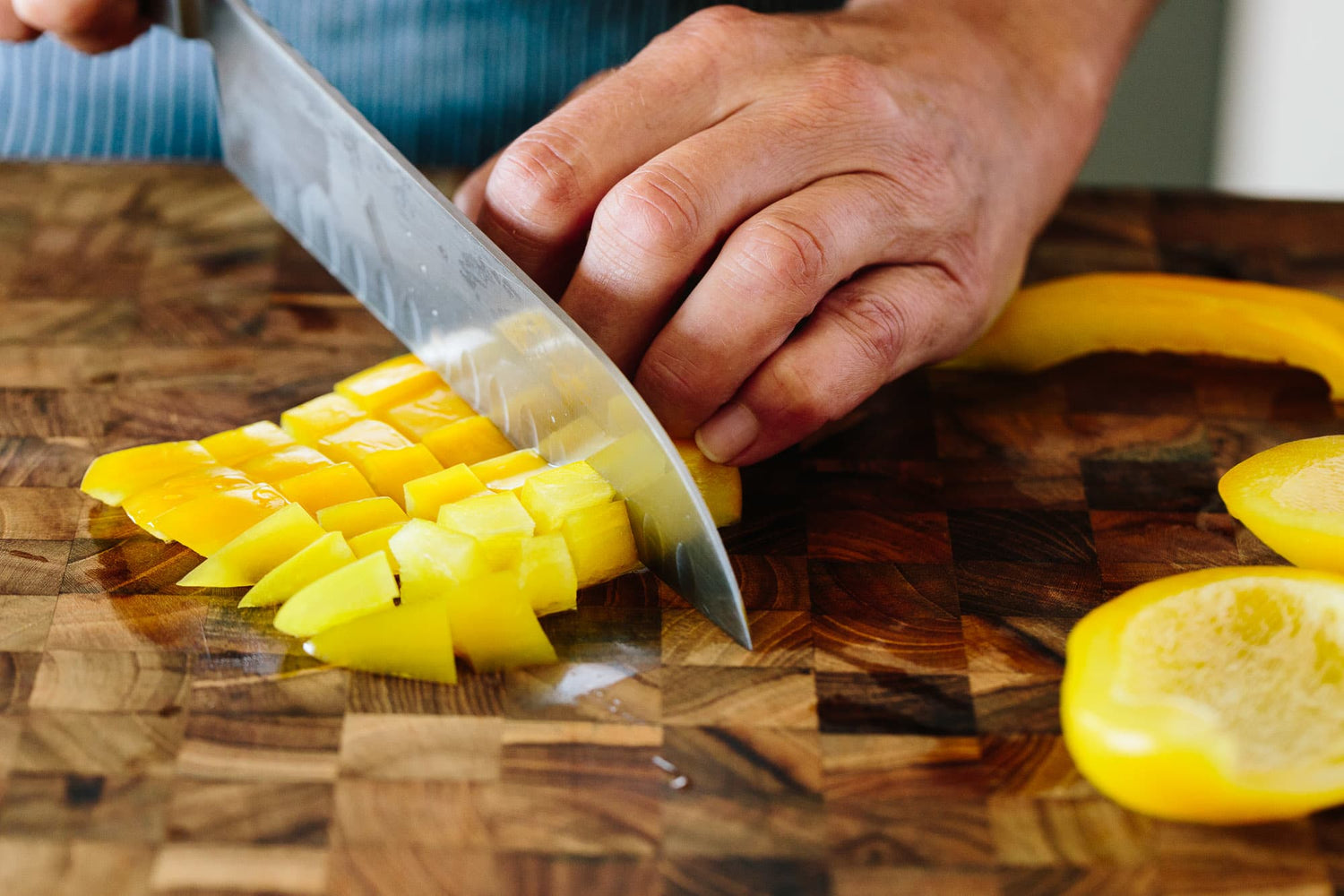


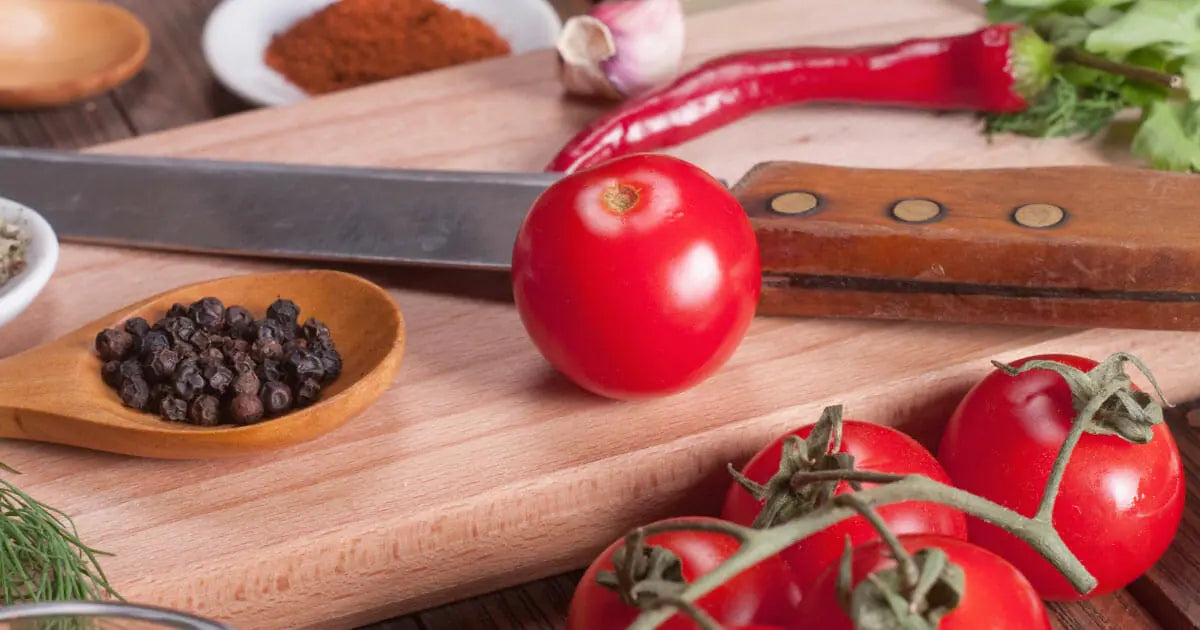
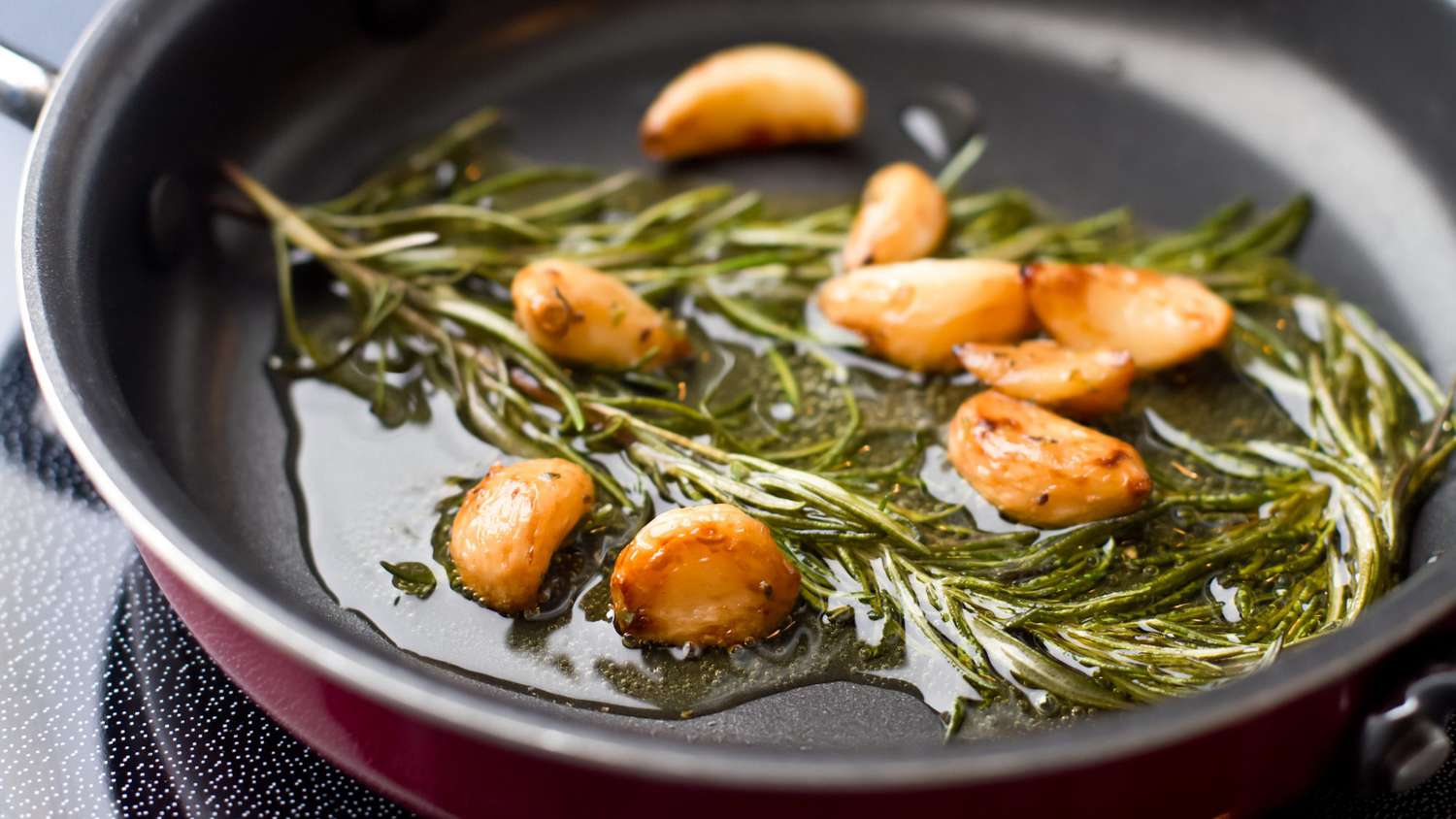
Leave a comment
This site is protected by hCaptcha and the hCaptcha Privacy Policy and Terms of Service apply.